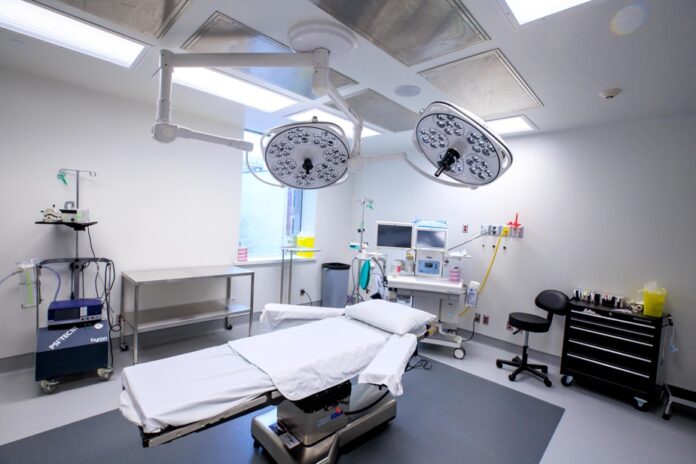The Institute for Socioeconomic Research and Information (IRIS) reported a few days ago the results of a pilot project of the Ministry of Health which aimed to compare the cost of certain medical procedures to the public and to the private. The results are very clear: in the vast majority of the cases studied, recourse to the private sector is much more expensive than to the public.
After investing $80 million over four years (2016-2020) for a pilot project that was supposed to cost $4 million a year, the Legault government, which chose to renew it in 2019, is now challenging the results, claiming that the public and private costs are not comparable. What is it really?
Essentially, the pilot project is criticized for not having included equipment depreciation costs and building renovation costs in the expenditures of public establishments, and therefore for underestimating the cost of public interventions.
These sums are part of the much broader category of indirect costs, which also include administrative and operating costs, support costs and costs related to the rental of buildings and equipment. Note that, contrary to what has been said by some, the pilot project takes into account all these other costs, both public and private.
Indirect costs account on average for only one third of the expenses of private clinics. Considering that, according to the data from the pilot project, the costs of private interventions can reach two and a half times those of public interventions, it is difficult to believe that depreciation and renovation costs alone could explain the differences of such magnitude.
The pilot project is criticized for “comparing apples to oranges”. In order to ensure that we are comparing apples to apples, the disputed category of indirect costs can be discarded and only the direct costs (salaries, supplies, etc.), which represent the largest part of the total costs and which are calculated in the same way for public and private.
This means that, if we assume that the public and private sectors have equivalent indirect costs (including the costs of depreciation of equipment and renovation of buildings), the total cost remains higher for the private than for the public.
For the total cost of interventions for the public to equal that of the private sector, it would be necessary for the addition of the costs of depreciation of equipment and renovation of buildings to triple, quadruple or multiply by nearly six the indirect costs of the public (except, again, for trigger finger surgery, where adding depreciation and renovation costs would only inflate the overhead costs by 19%).
Moreover, when we analyze the evolution of costs between the two years for which the data are available – which amounts to comparing the private with the private, and the public with the public –, we find once again that for the most interventions, the costs increase in the private sector while they decrease in the public sector.
We now learn that more than 160,000 operations have been performed in private specialized medical centers since the start of the pandemic, but that the government refuses to make public the financial data concerning these interventions.
In a context where the government plans to continue on the path of massive outsourcing of surgeries to private clinics, it is worrying to see the government brush aside the results of a pilot project that it he himself drives, and in which he has invested significant public funds.
Whether we are happy or sorry about the results of the exercise, its conclusions are very clear: the private sector costs more than the public. Sticking your head in the sand doesn’t change that.


















